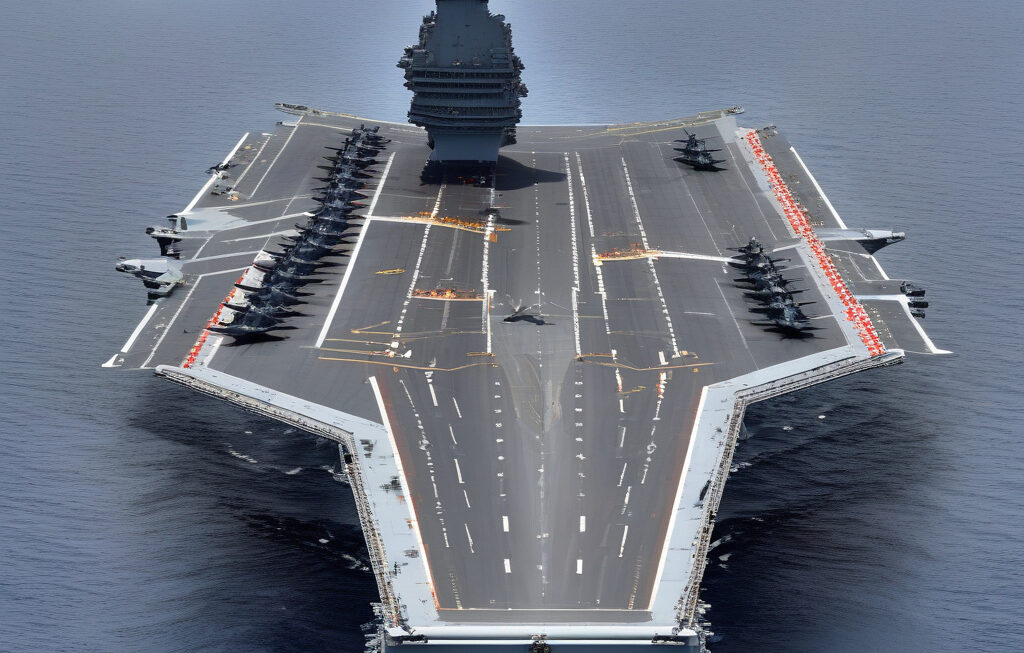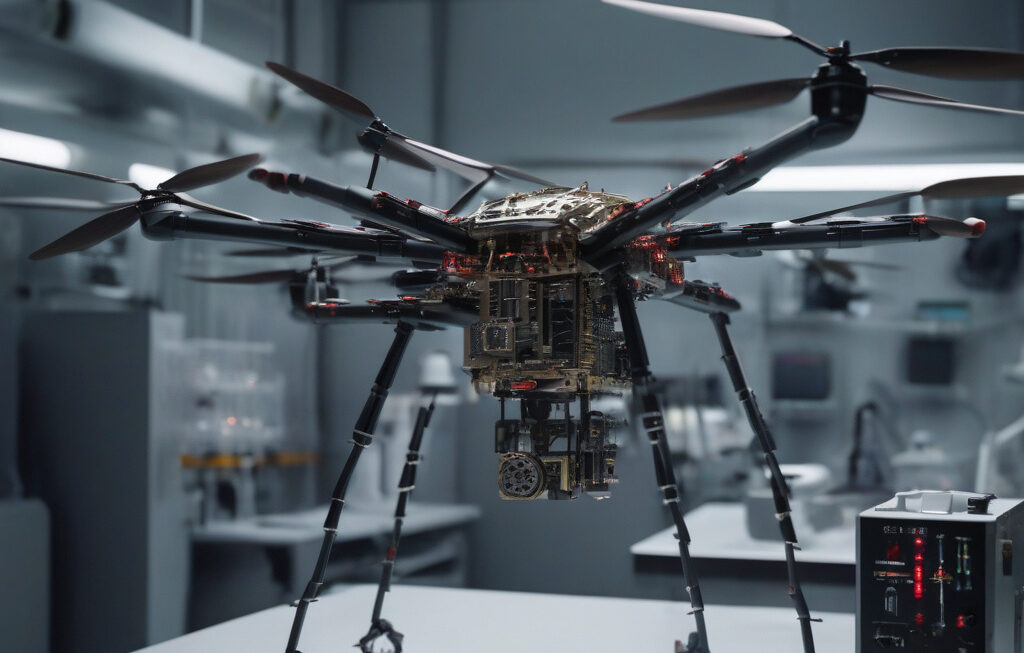Ghost Navy: China’s Cutting-Edge Technology Mirrors Science Fiction
In the Star Trek universe, starships like the Defiant and Voyager use advanced deception technologies to appear as multiple vessels, outsmarting enemies and gaining a tactical advantage. Today, China seems to be bringing this science fiction concept to reality with its recent unveiling of new technology that can make one warship look like an entire armada. This groundbreaking development, dubbed the “Ghost Navy” by experts, has sent shockwaves through the global defense community and raised questions about the future of naval warfare.
The concept behind China’s Ghost Navy is both simple and ingenious. By leveraging a combination of advanced sensors, artificial intelligence, and projection systems, a single warship can create the illusion of multiple vessels, confusing enemy forces and making it nearly impossible to distinguish between what is real and what is not. This disruptive technology has the potential to revolutionize the way naval battles are fought, giving the side that wields it a significant strategic advantage.
One of the key components of China’s Ghost Navy is its use of cutting-edge holographic projection systems. These systems can project lifelike images of ships, aircraft, and other objects onto the ocean surface, creating the illusion of a large-scale military presence where none actually exists. When combined with sophisticated AI algorithms that can mimic the radar signatures and movements of real vessels, the result is a highly convincing and dynamic illusion that is virtually indistinguishable from reality.
The implications of this technology are far-reaching. In a potential conflict scenario, China’s Ghost Navy could sow confusion and chaos among enemy forces, forcing them to spread their resources thin or risk falling into carefully laid traps. By creating multiple false targets, the technology could also serve as a powerful deterrent, making adversaries think twice before engaging Chinese forces and potentially de-escalating tensions in sensitive regions.
However, as with any revolutionary technology, there are also concerns and challenges that come with the development of China’s Ghost Navy. One major issue is the potential for escalation and miscalculation, as the use of deceptive tactics could inadvertently trigger conflicts or lead to misunderstandings between rival powers. There are also questions about the ethical implications of creating such convincing illusions in the heat of battle, and whether the use of deception technology could violate international norms and laws of war.
Despite these challenges, the unveiling of China’s Ghost Navy represents a significant milestone in the ongoing technological arms race between major global powers. As countries continue to invest in cutting-edge military capabilities, the line between science fiction and reality continues to blur, with potentially game-changing implications for the future of warfare. Whether this technology will ultimately lead to a more stable and secure world or further destabilize an already precarious balance of power remains to be seen.
In conclusion, China’s development of Star Wars-like technology to create a Ghost Navy is a bold and provocative move that has captured the attention of defense experts worldwide. By harnessing the power of advanced deception technologies, China is pushing the boundaries of what is possible in modern naval warfare and raising important questions about the ethics and implications of such innovations. As other countries take note of these developments and respond in kind, the stage is set for a new chapter in the ever-evolving story of military technology and strategy.
China, Ghost Navy, Technology, Naval Warfare, Deception Tactics












